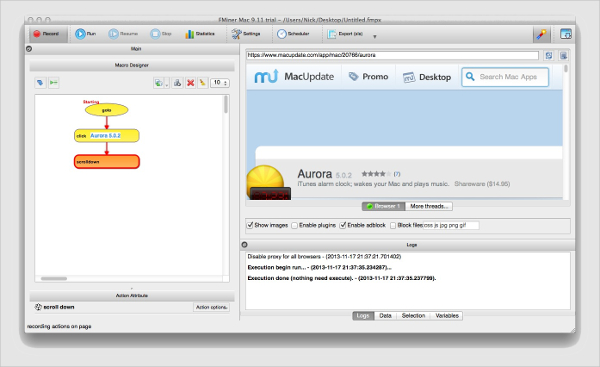
The suffix -gen is used for three other nonmetals forming diatomic molecules (hydrogen, nitrogen, and oxygen). The -ine suffix is used only for the halogens, with chlorine being named first, and the others being named to match. For the nonmetals, the -on was generalised to boron and silicon from the ending of "carbon". For the noble gases, it arises from the Greek-adjective names of the stable noble gases (neon, argon, krypton, and xenon), with radon matching its source radium as well as adding the -on suffix. The suffix -on is used by some nonmetals (boron, carbon, silicon) as well as the noble gases from neon downward. It arose from the Latin suffix of metals such as aurum (gold) and ferrum (iron). The suffix -ium, or less commonly -um, usually denotes a metallic element, or at least one that was thought to be metallic when it was discovered (helium is not a metal, and germanium, selenium, and tellurium are more typically termed metalloids or nonmetals). There are some standard suffixes for the element names. Since 2002, the IUPAC Inorganic Chemistry Division has been the official body responsible with assigning official names to new elements, with the IUPAC Council making the final decision. The recommendations are mostly ignored among scientists, who simply call these elements by their atomic number, for example "element 119" (instead of " ununennium"), with the symbol of (119) or even simply 119. In 1979, IUPAC published recommendations for their systematic element names to be used for yet unnamed or undiscovered elements as a placeholder, until the discovery of the element is confirmed and a permanent name is decided on.

Main articles: Systematic element name and IUPAC/IUPAP Joint Working Party calcium after Latin calx (lime), silicon is named after Latin silex (sand), sodium after soda and potassium after potash. Many elements are named after the minerals in which they are found, e.g. Tellurium is named after the Latin word tellus, meaning "earth". Similarly, the name helium is derived from the Greek word for the Sun (Ἢλιος, Helios), as the first evidence for helium came in the form of distinctive emission lines from the Sun that were not explainable by any of the known elements in the 1870s. The name selenium comes from the Greek word for the Moon (Σελήνη, Selene). Uranium, neptunium, plutonium, cerium, and palladium were named after Uranus, Neptune, Pluto, Ceres, and Pallas, respectively. The Sun and the Moon were associated with gold and silver, respectively.Ī few other elements are directly named for astronomical bodies, including planets, dwarf planets, asteroids, the Earth, the Sun, and the Moon. The naming of elements from astronomical objects stems from the ancient association of metals with the various planets and their gods, as follows: mercury with Mercury copper with Venus iron with Mars (named for the Roman god of war) tin with Jupiter (named for the Roman king of the gods) and lead with Saturn (named for the ancient, slow god who was the father of Jupiter). The names of both magnesium and manganese derive from the Greek region of Magnesia.Copper's name comes from an Old English word derived from the Latin name for the island of Cyprus.Lutetium is named after Lutetia, the Latin name for Paris.Ruthenium is from the Latin name for the region including Belarus, Ukraine, and Russia.Ī number of other elements are named after classical words for various places. Thulium is from the Ancient Greek word for the remote Arctic land that the Romans called ultima Thule.Scandium comes from the Latin word for Scandinavia.

Holmium is named after Holmia, Latin for the Swedish capital Stockholm.Hafnium is named after Hafnia, the Latin name for Copenhagen.Yttrium, terbium, erbium, and ytterbium are all named for the Swedish village of Ytterby, where their ores were first found.Several places in Scandinavia have elements named after them. Dubnium and Moscovium were named after Russia's Dubna and Moscow cities.Tennessine and Californium were named after American states Tennessee and California respectively.Berkelium was named after American city Berkeley.Americium was named after the Americas.



 0 kommentar(er)
0 kommentar(er)
